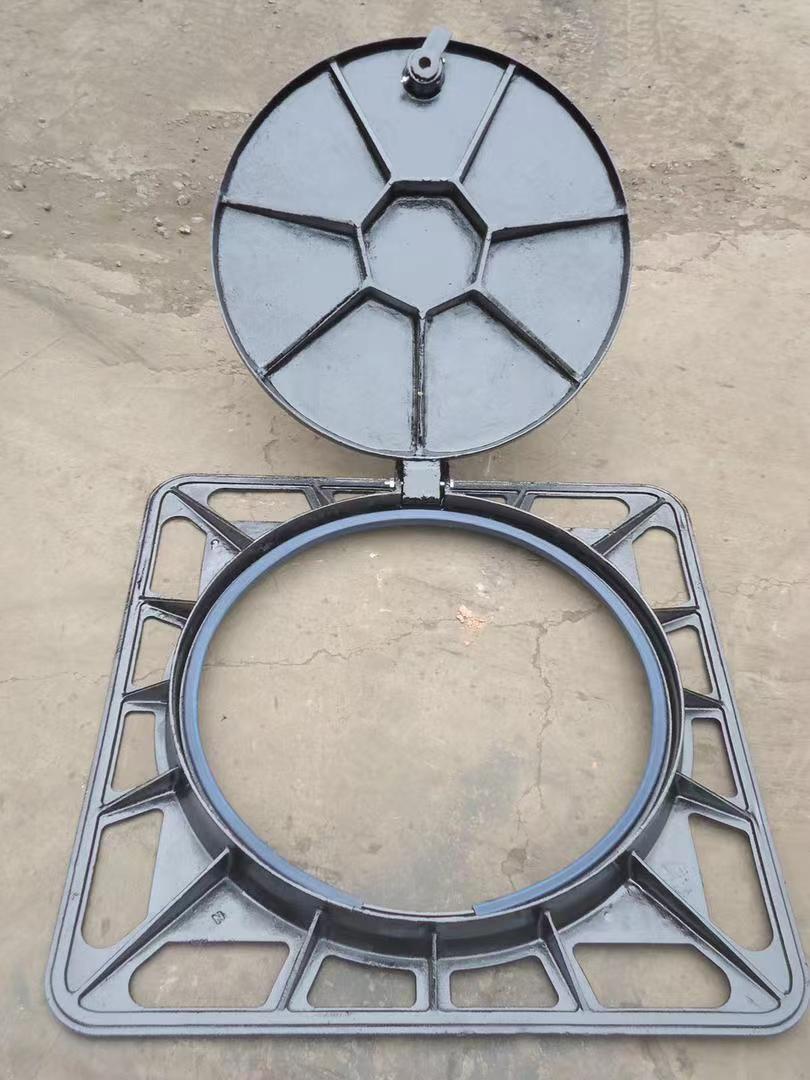2 inch butterfly valve
Understanding the 2-Inch Butterfly Valve A Comprehensive Overview
The 2-inch butterfly valve is an essential component in fluid control systems, widely utilized across various industries, including water treatment, HVAC, food processing, and oil and gas. Known for its simplicity, efficiency, and effectiveness, the butterfly valve operates by using a disc that rotates around a central axis to regulate the flow of fluids. In this article, we will delve into the design, functionality, applications, and maintenance of the 2-inch butterfly valve.
Design and Operation
The 2-inch butterfly valve features a compact design that allows for quick opening and closing operations. It consists of several primary components the body, the disc, the stem, and the actuator. The body serves as the main structure, housing the disc and providing pathways for fluid flow. The disc is mounted on a shaft and is the crucial element that opens or closes the valve; when turned, it either aligns with the flow direction (open) or blocks it (closed). The stem connects the disc to the actuator, which can be manual or automated, allowing for remote control or direct operation.
One of the most significant advantages of butterfly valves is their low-pressure drop characteristics compared to other types of valves. The streamlined design ensures that fluid can flow efficiently, making them suitable for systems requiring minimal resistance. Moreover, the installation footprint of a butterfly valve is significantly smaller than that of other valves, such as ball or gate valves, making it an ideal choice for space-constrained applications.
Applications
Due to their versatility, 2-inch butterfly valves are commonly found in numerous applications. In the water treatment industry, they control the flow of water in treatment plants and distribution systems. In HVAC systems, they regulate air and water flow in heating and cooling systems, ensuring proper temperature control and energy efficiency. The food processing industry also benefits from these valves, where hygiene and smooth operation are paramount.
In oil and gas applications, 2-inch butterfly valves are used for the control of hydrocarbon fluids, with different materials like stainless steel or PVC employed based on the nature of the fluid being processed. The adaptability of butterfly valves to diverse environments and fluid types enhances their usability across multiple sectors.
2 inch butterfly valve

Types of Butterfly Valves
Butterfly valves come in several types, with the two most common being concentric and eccentric butterfly valves. Concentric butterfly valves have the disc centered in the flow path, offering a more straightforward design suited for lower pressure applications. Eccentric butterfly valves have a disc that is off-center, allowing them to handle larger pressures and providing better sealing capabilities. Each type serves specific operational needs, making it crucial to select the appropriate one for the intended application.
Maintenance and Considerations
Maintenance of the 2-inch butterfly valve is relatively straightforward, primarily revolving around regular visual inspections and ensuring that the actuator is functioning correctly. Regular checks for leaks around the seals and shaft are essential to maintain optimal performance. Lubrication of the stem may be necessary to reduce wear and ensure smooth operation. Additionally, operators should be aware of the valve's material compatibility with the fluids it controls to avoid premature failure or corrosion.
When selecting a butterfly valve, considerations such as pressure rating, temperature limits, and the nature of the fluid (whether it is corrosive, viscous, or has particulates) are critical. It's essential to choose a valve rated for the specific conditions of the application to ensure reliability and longevity.
Conclusion
The 2-inch butterfly valve is an indispensable tool in fluid control, delivering efficiency, versatility, and space-saving benefits across various industries. By understanding its design, applications, and maintenance requirements, engineers and operators can ensure optimal performance and reliability, contributing to the smooth operation of their respective systems. The future of butterfly valves continues to evolve, with advancements in materials and designs enhancing their capabilities and applications further.
-
The Smarter Choice for Pedestrian AreasNewsJun.30,2025
-
The Gold Standard in Round Drain CoversNewsJun.30,2025
-
The Gold Standard in Manhole Cover SystemsNewsJun.30,2025
-
Superior Drainage Solutions with Premium Gully GratesNewsJun.30,2025
-
Superior Drainage Solutions for Global InfrastructureNewsJun.30,2025
-
Square Manhole Solutions for Modern InfrastructureNewsJun.30,2025
-
Premium Manhole Covers for Modern InfrastructureNewsJun.30,2025
